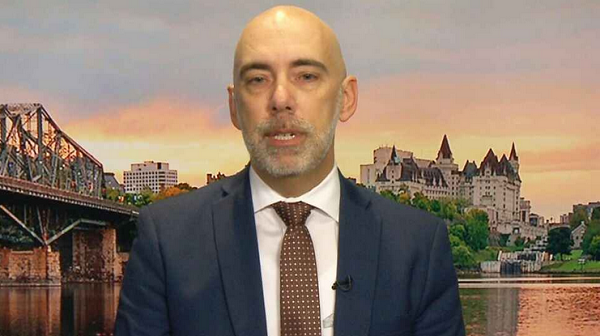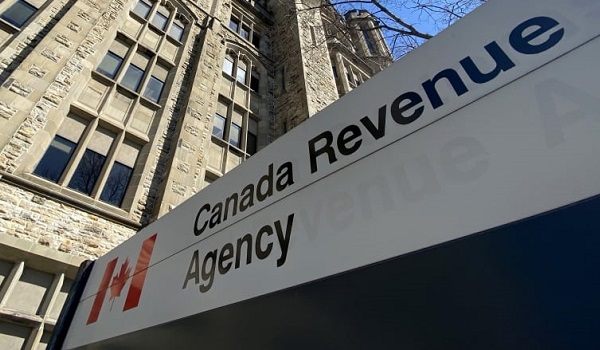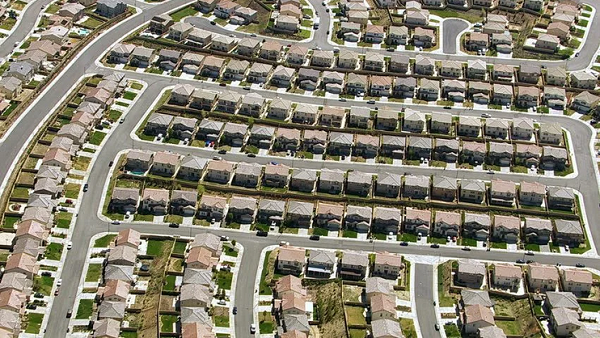There’s little provision to increase spending without increasing taxes: PBO
The federal government has a small margin to increase spending in the upcoming budget without raising taxes, if it plans to stay within the fiscal anchors outlined in the fall economic update, according to Parliamentary Budget Officer Yves Giroux.
Giroux told CTV’s Question Period host Vassy Kapelos, in an interview airing Sunday, that if the federal government wants to meet those fiscal guardrails, including keeping the deficit at less than one per cent of GDP from 2026 onward, it’s running out of room for new spending.
“But even before the budget, we estimate that the deficit for that year will be at 0.8 per cent of GDP, so that leaves very little room for additional expenditures without increasing taxes,” Giroux said. “It’s probably $6 or $7 billion in room to manoeuver in 2026-27, based on their current fiscal track.”
“Of course, if the government decides to reduce expenditures in some areas, or increase taxes, it will improve its room, but as things currently stand, there’s not that much room to increase spending without increasing taxes,” he added.
Finance Minister Chrystia Freeland announced this week she is set to unveil the federal budget on April 16.
According to Freeland, the budget will “unlock pathways to a good middle class life for the next generation,” while also sticking to fiscal anchors she outlined in the fall economic update.
The federal government has not signalled plans to increase taxes, but has announced efforts to find more than $15 billion in savings across departments over the next five years, including an effort to reduce spending by $14.1 billion before 2028, and $4.1 billion annually in the following years.
But according to Giroux, those cuts are “not sufficient” to fund recent commitments, such as a pharmacare program for diabetes drugs and contraception, a federal disability benefit, or to meet the NATO target of spending two per cent of GDP on defence, all promises that have not yet been earmarked in a budget.
Giroux released his most recent economic and fiscal outlook on Tuesday, in which he wrote that he expects inflation to come down to the two-per-cent target by the end of the year, and to stay there through 2027.
The PBO told Kapelos he also expects to see “very sluggish growth” this year and into the next.
In terms of how those numbers play out compared to the federal government’s upcoming budget, Giroux said his outlook suggests the deficit is likely to be about $8 billion higher for the “foreseeable future.”
“For the next five years, including in the current fiscal year, we expect the deficit to be about $46 billion,” he said. “That being said, we don’t have any inside information as to what the government is currently doing, or what plans it has for the remainder of the fiscal year.”
“But based on publicly available information, and what we were able to gather, $46 billion seems to be the most likely number,” he added.
The difference for this fiscal year, he said, is mostly due to “increased spending” by the federal government, plus the cost to service the national debt.
This article was reported by CTV News















